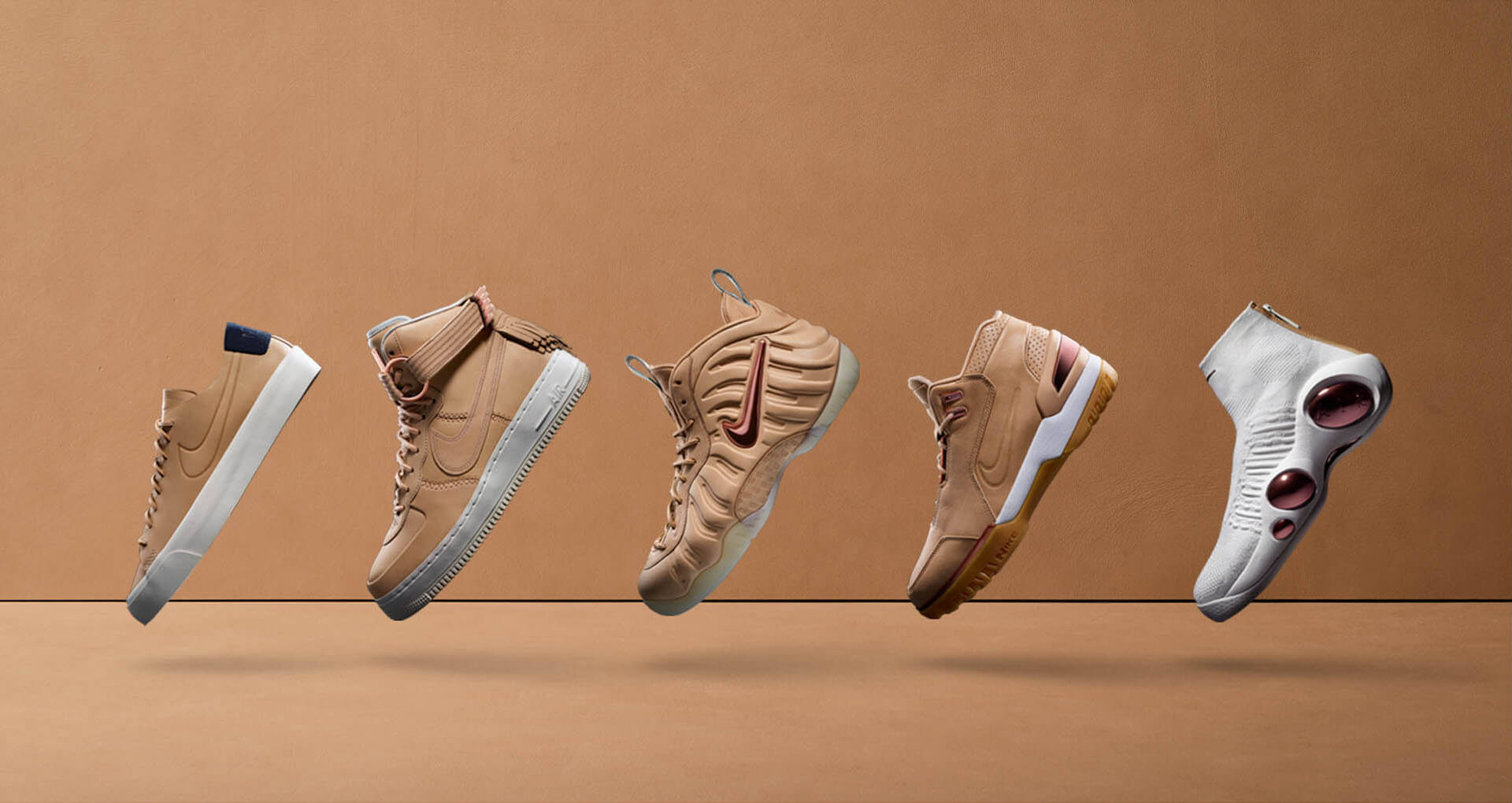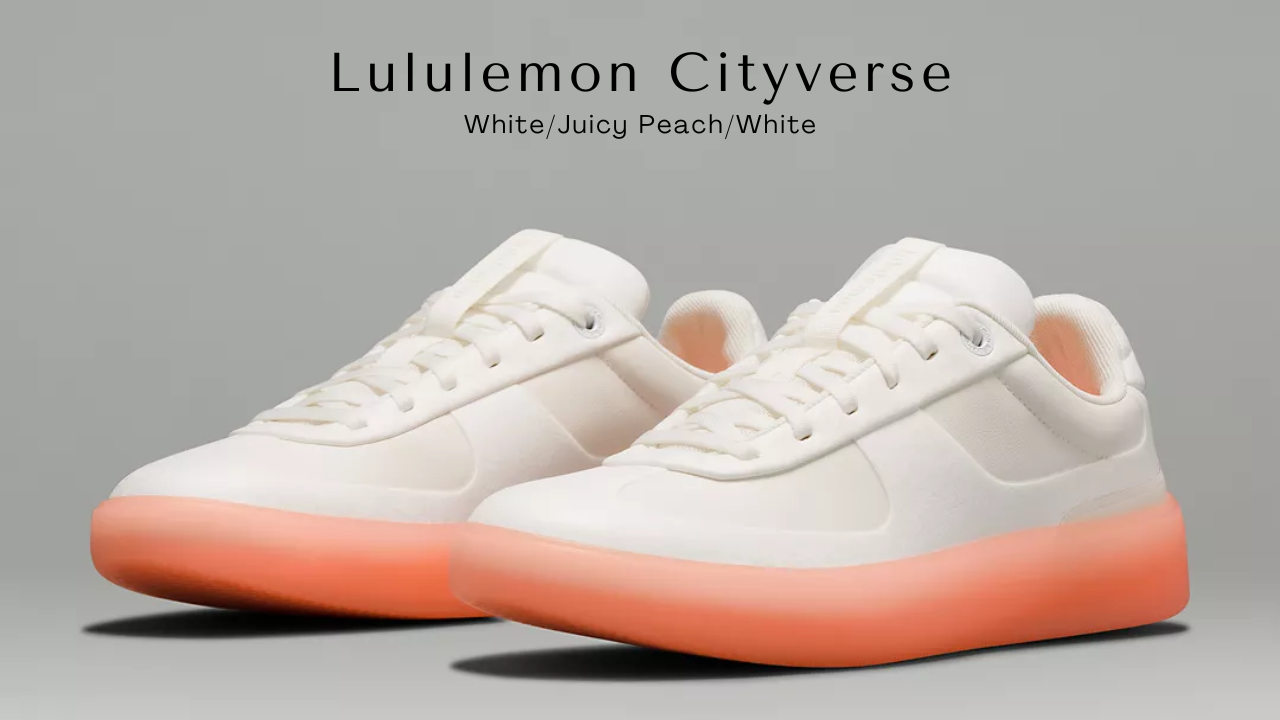![]()
I was reading a post and a series of tweets from a prominent sneaker analyst (Matt Powell of NPD Group) who stated that the sneaker industry is suffering from too much information about releases being available. The analyst also stated that the scarcity model is the reason why sneaker retail was once so dominant. The problem is this same analyst once stated that sneakerheads were unimportant in the grand scheme of sneaker retail. Why did I bring up sneakerheads?
Sneaker scarcity has never been of great importance to people outside of the sneaker culture. The everyday person can’t tell you what a Yeezy looks like or what a Pigeon Dunk is. The everyday person has always shopped at discount shoe stores and those same customers were more than content to walk into Foot Locker, Finish Line and other outlets to buy what was on the wall. The regular consumer is not a Jordan “Head” who is waiting on the next Retro to drop. The average consumer will wear a take down model of a Jordan.
Sneaker scarcity was and has always been for sneakerheads and the sneaker culture. There isn’t a coincidence that Nike’s stock price and growth took off like a rocket around 2004. This was the moment Nike realized that they had a unicorn in the Staple Pigeon Dunk. It was the year Kobe signed with Nike and LeBron arrived. Nike began to retro Jordan shoes and sneaker culture really began to take off. It was the year Nike SB gained status. It was the year eBay became a player in sneaker resale. Sneaker culture shaped the sneaker business and the scarcity model was never about “commercial” products as this analyst has always argued. It was also the last few years before social media became more prominent.
So why is it that scarcity and surprise is what is needed to fix the sneaker industry?
The idea that sneaker blogs are part of the problem of the fall of the sneaker industry is absurd. It overlooks the fact that we are in a 24 hour news cycle and that isn’t just for politics and business coverage. Media is now a business and Facebook and Social Media platforms have psychological rewards for the constant sharing of information. If sneaker blogs no longer existed tomorrow, sneaker information would be shared on social platforms by the people. Information is accessible and this is not going to change. The idea that surprise would benefit the retail market is kind of true, but does seeing a shoe 100 times from conception to release date decrease the interest in the product? Maybe, but there are countless examples of items/entertainment options that have been leaked that went on to great success. The Jordan 11 Space Jam sold 1 million plus pairs and they were everywhere for months! There are also countless examples of products that were leaked that flopped. There has to be a balance. Too much information has created a shorter attention span. There has to be a constant stream of information made available to satiate and people are never really satisfied so I get what is being said by Powell. The problem isn’t with too much information however. The problem is with the delivery of the information. Sneaker blogs are surface. They really don’t go into great detail on popular sites. People have to search for deeper analysis of sneaker culture. The problem is people don’t browse anymore, so sneaker coverage is relegated to hype and the more popular websites. A shoe can be shown from day one of conception if the creation process is analyzed and detailed.
In other words the brand has the ability to control the narrative, but many brands have passed off educating and delivering information to sneaker blogs and that is the issue. It’s not the picture of the shoe on some sneaker blog six months ahead of schedule; it’s the way the shoe is presented with ZERO storytelling by the brand and by the website. Sneaker companies have dropped the ball and at least Nike realizes it. One look at the air.jordan.com website shows that they realize their mistakes:
It’s Clear How Nike Plans To Reach The Next Generation but They May Not Need To…
The other issue Matt Powell complained about is scarcity and how overproduction has contributed to the problems in retail for footwear. He is right about this; but this goes a bit deeper than just scarcity shaping the market. For Nike, the most dominant brand, they created too many options. If Matt Powell is stating that this is the scarcity issue then he is definitely right. Scarcity was affected the moment brands over-invested in signature shoes. Scarcity was affected also when brands wanted to capture the money being made in the 3rd party market. The brands decided they could add more profit by increasing the pricing of the footwear that was limited/scarce or hyped footwear. Brands began placing a premium price on their footwear based on technology improvements and enhancements. This premium price didn’t match inflation and definitely didn’t align with the cost of the tech being placed into the footwear. In the case of retros there wasn’t a tech upgrade at all, just materials. This tech drove the prices up 50-100% which made less technical shoes more appealing based on price. There is almost a direct correlation to Nike’s slide in sales and loss to adidas when Nike introduced performance models at the high end, but also introduced the Roshe Run.
I hope this isn’t confusing… The problem with Nike no longer selling out, and adidas’ rise in sales isn’t something that has been happening. This is a very recent trend, but the groundwork can all be traced back to the KD 4. Nike is now on the KD X. Everything that is taking place now can be traced back to about 6 years ago. What happened six years ago? Nike saw that people were willing to pay a resale price of 200 dollars for LeBron, Kobe, and KD shoes. They already understood this about Jordan Brand. What did Nike do? Nike increased the KD from 100-125 for the KD 1-5. Then the KD 6- 8 took away the resell value because Nike bumped the price to 150-200+ dollars. KDs began to sit. The Kobe was originally called 2K4 Huarache (remember that rape thing?). That shoe came in right around 100. Kobe’s latest models moved in price up to 250 dollars. Kobe’s began to sit. You can map LeBron out in the same way. LeBron Elites eventually reached 275 at retail and to top it off the LeBron X was the last street ready LeBron. It came in at 180. The LeBron has always been a slow sell through, but now it’s really slow. The thing was however, Nike also released a 75 dollar shoe in the Roshe Run in the middle of that six year run. The Roshe was simple and elegant. The shoe exploded. It made way for a retro of the Huarache and Nike was flying high 3 years ago with a stock price that grew to 60 dollars a share in 2015. This shift to the Roshe Run continued the decreased demand for the signature line from Nike. It also affected Jordan Brand. To cap it off adidas began to gain steam because people began reflecting on the 90s and the retro trend was in full effect. adidas created a model in the Flux and then the NMD and BOOST models which were all about comfort.
Interestingly enough I think the growth adidas has had is going to slow down, because like Nike they have also begun pricing their shoes higher than when they originally released for recent shoes. That’s a different story.
It was fine for Nike to increase the price of Retro Jordans six years ago because of the scarcity model. Nike was fine in doing that. The problem happened that with multiple signature shoe releases people had options. Nike began releasing lifestyle shoes of their basketball lines, which were equally overpriced, creating more options. Nike began increasing the price on Nike Basketball models and people began choosing other options. Nike in a sense created the problems being discussed by Powell of scarcity and the lack of surprise. With so many models releasing Nike had to generate interest so they fed “leaked” pictures to blogs and the rest is what it is.
I get what Powell is saying. There really is too much information readily available… too much crappy information. I also agree that shoes shouldn’t have been overproduced, but you can’t have it both ways. You can’t say that the sneakerhead culture is unimportant because it’s not commercial and then stress that scarcity can fix the problems. You can’t say that the lack of surprise is the fault when over the last ten years companies like Complex and Hypebeast built multimillion dollar companies on delivering sneaker culture and lifestyle information. If the information wasn’t too much then, why is it too much now? It’s not. What’s happened is the consumer is done with reading about the colorway and some generic explanation of why a shoe is made. They have other things they are interested in. Fashion no longer revolves around Signature and NBA players. It revolves around IG and Snapchat.
If the sneaker industry wants to repair itself of course scarcity is going to create demand, but I think the industry has to be careful. Driving the prices up opened the door for smaller brands to enter and there are now more options than ever. Scarcity could hurt Nike and adidas. Surprise could work, but you know what works even better? Education. As long as brands are like everyday people in that they place value on likes, retweets, and IG love, they will continue reaping what they sow. The moment brands take control of their narratives they will force sneaker sites to be more in depth, the retail industry will improve.
It’s not surprise and scarcity that the industry needs, it’s education and passion.






I️ do think too much information might be a problem. I️ am pretty much numb and unmoved by the sneakers I’ve seen as of late. Honestly the only sneakers that captured my attention in the past 5 years are the nb 247 and the olive 13. Every thing else didn’t create any excitement within me .. maybe it’s because im getting too old
I think it’s too much crappy information that is available. if websites post colorways with names all day, it’s wack. If websites analyze why the shoe was made, show the process and give videos of use, then it becomes better info.